A cepheid is a type of star whose luminosity varies cyclically as a result of regular variations in its size. They are giant or super-fast stars and therefore quite luminous; are visible over long distances.
Here is a graphic that shows the relation of the magnitude and the period (days) of 505 cepheids that I have found in the following website: DDO Cepheids - Physical Data (utoronto.ca)
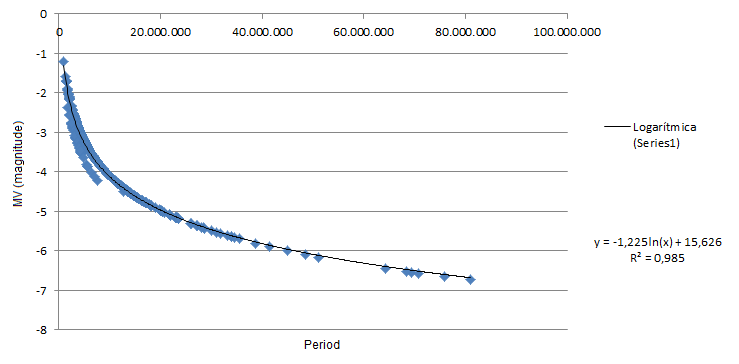
Following, you can see another graphic. It is made by mylsef with the data of some cepheids on Cassiopeia. It shows the relation of the different periods and the magnitude of these cepheids.
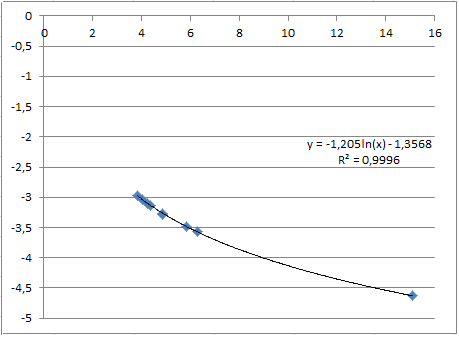
Here is how I got the magnitude and what formula I have used:
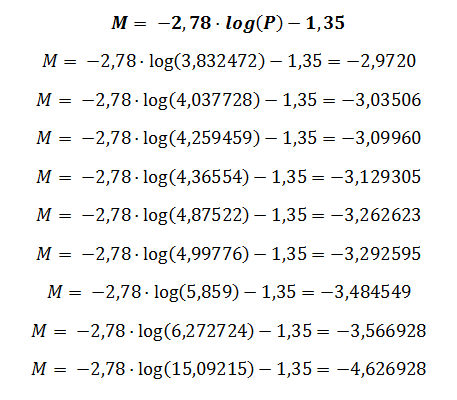
I have decided to focus my attention to V395, which period is 4,037728d. I have calculated its magnitud in two different ways.
- On one hand I have used the formula of the ESO/ESA book.

- On the other hand, I have used the fomula given by my excel graph.

We can see that using the two differents the magnitude given is very similar so, if we compare th two formulae, they both are equivalent. Its magnitude is negative because very bright objects have negative magnitudes.
To finish with my calculations, I have used another ESO/ESA book formula to calculate the distance of V395.

Finally, I have used Rextester to obtain another period-magnitude graphic. I have used the same data of the previous graph that I found in a scientific article called Photometric and spectroscopic investigation of nine Cepheids in the Cassiopeia constellation.
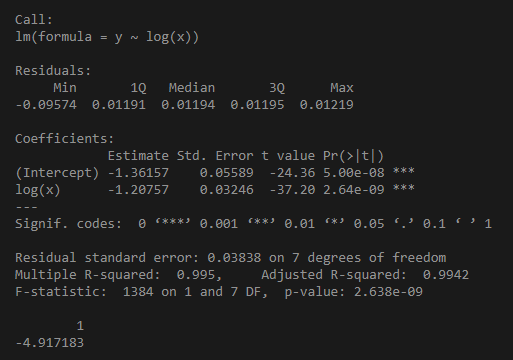
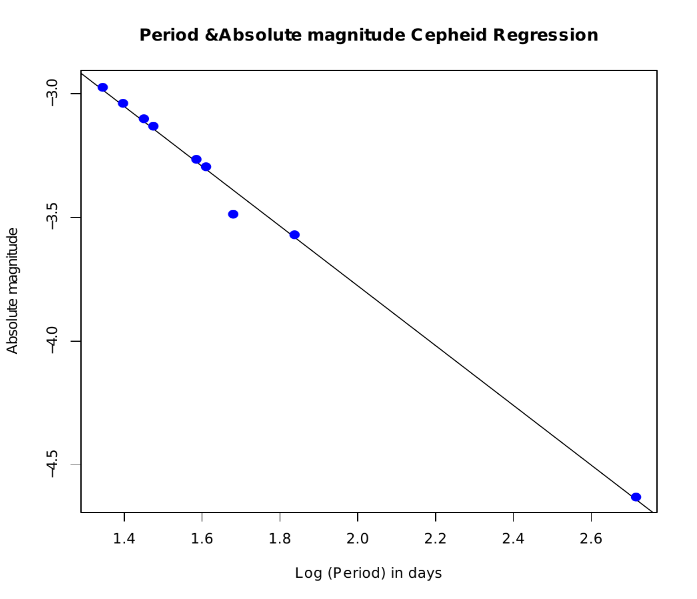
The reason why there are points that are not in the line is because there are two different types of cepheids. The classic ones (Type I) and the W Virgins (Type II). Classical Cepheids are younger and more massive population I stars, whereas type II Cepheids are older fainter Population II stars. Both follow different period-luminosity relationships.